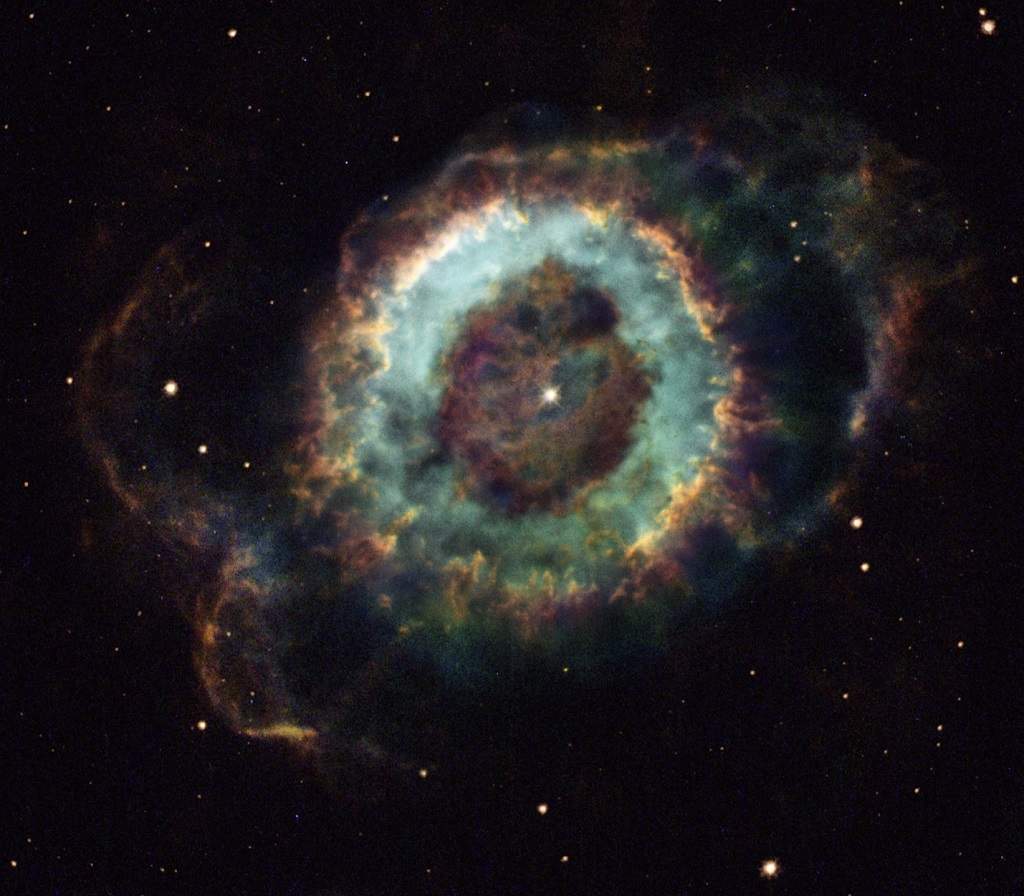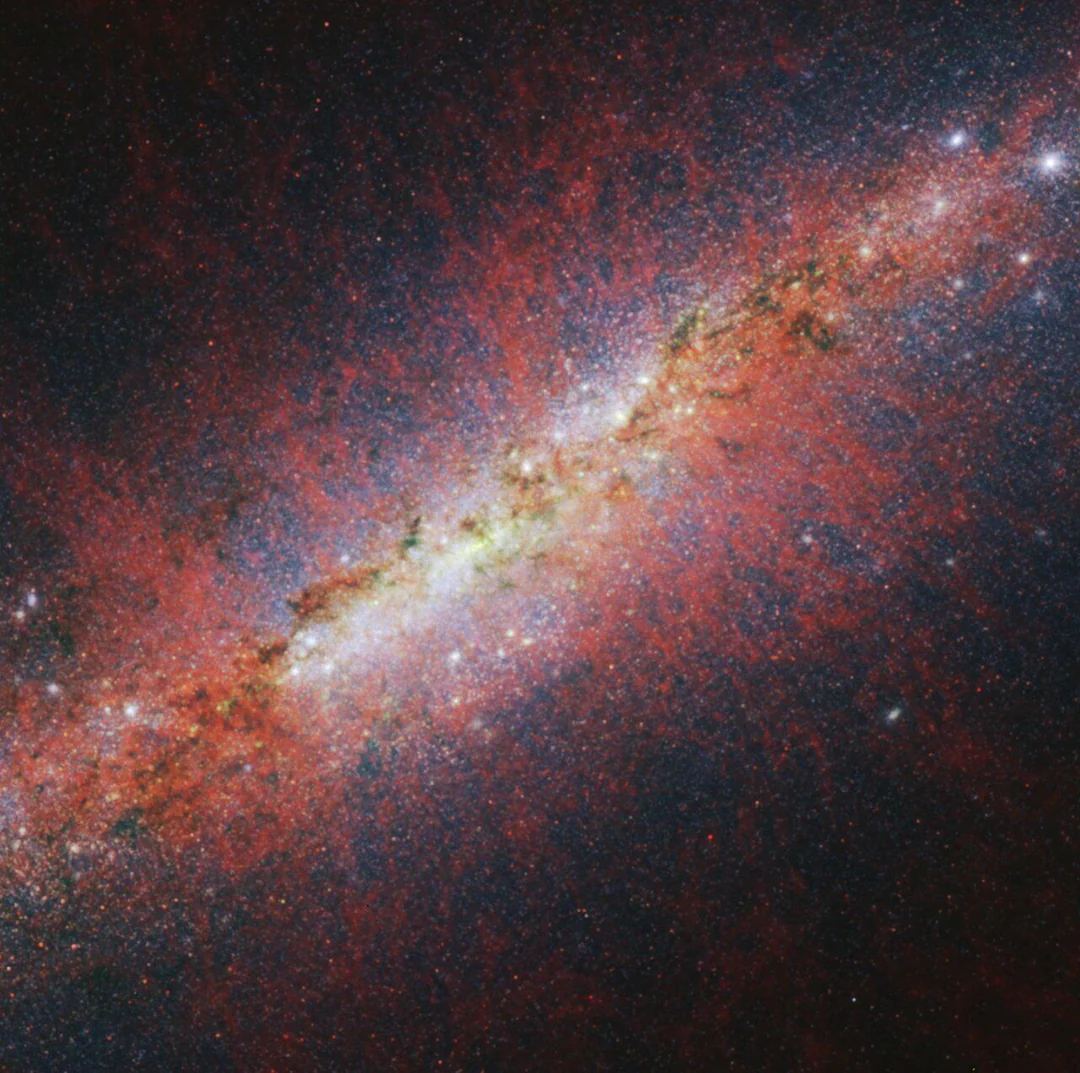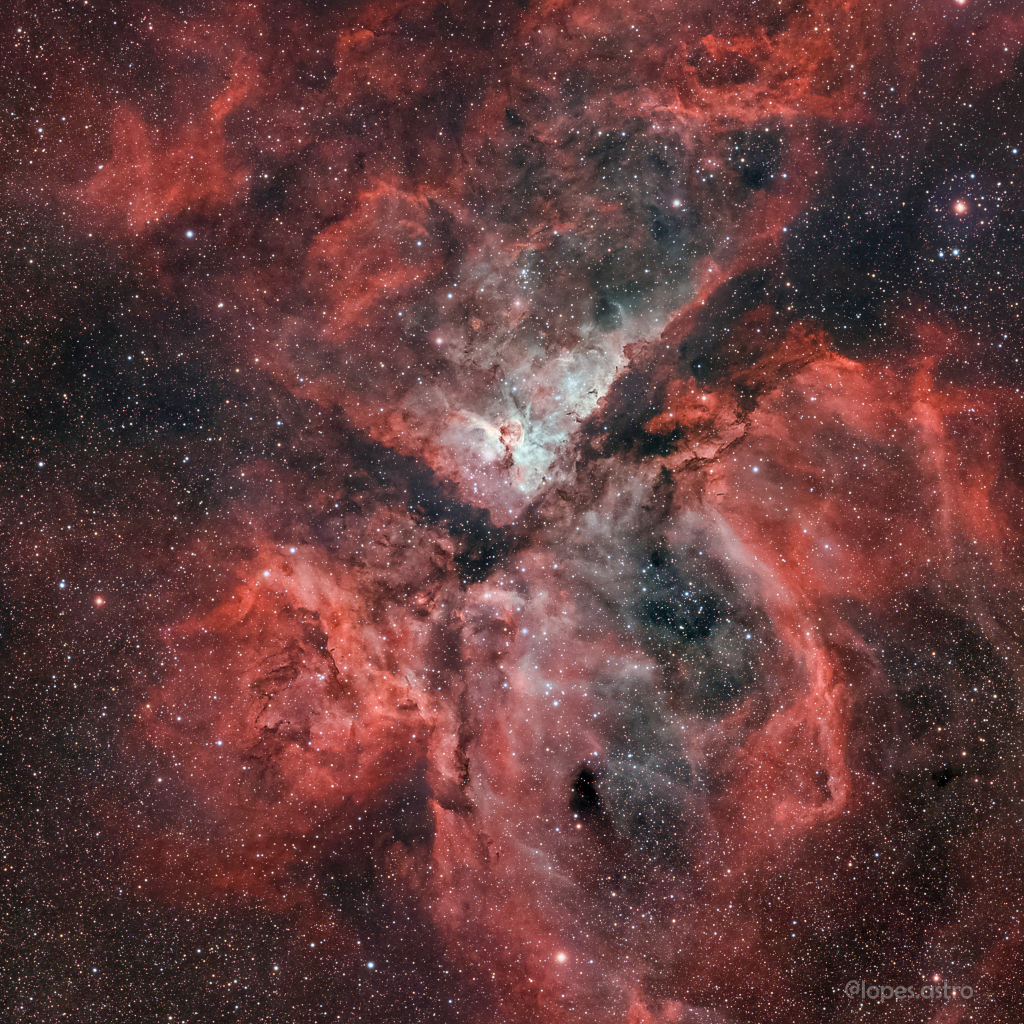Blog
Charles Mingus Jr. (April 22, 1922 – January 5, 1979) was an American jazz upright bassist, composer, bandleader, pianist, and author. A major proponent of collective improvisation, he is considered to be one of the greatest jazz musicians and composers in history,[1] with a career spanning three decades and collaborations with other jazz greats such as Duke Ellington, Charlie Parker, Max Roach, and Eric Dolphy. Mingus’ work ranged from advanced bebop and avant-garde jazz with small and midsize ensembles, to pioneering the post-bop style on seminal recordings like Pithecanthropus Erectus (1956) and Mingus Ah Um (1959), and progressive big band experiments such as The Black Saint and the Sinner Lady (1963).
Mingus’ compositions continue to be played by contemporary musicians ranging from the repertory bands Mingus Big Band, Mingus Dynasty, and Mingus Orchestra, to the high school students who play the charts and compete in the Charles Mingus High School Competition. In 1993, the Library of Congress acquired Mingus’ collected papers—including scores, sound recordings, correspondence and photos—in what they described as “the most important acquisition of a manuscript collection relating to jazz in the Library’s history”.
Charles Mingus was born in Nogales, Arizona. His father, Charles Mingus Sr., was a sergeant in the U.S. Army. Mingus Jr. was largely raised in the Watts area of Los Angeles. By the mid-1970s, Mingus was feeling the effects of motor neuron disease. His once formidable bass technique declined until he could no longer play the instrument. He continued composing, however, and supervised a number of recordings before his death. Mingus died on January 5, 1979, aged 56, in Cuernavaca, Mexico, where he had traveled for treatment and convalescence. His ashes were scattered in the Ganges River.
more...The Little Ghost Nebula (NGC 6369) is a relatively faint planetary nebula that lies between 2,000 and 5,000 light-years away from Earth in the constellation of Ophiuchus (the Serpent-bearer). Its doughnut-shaped blue-green ring is about a light-year across, while the fainter outer regions cover about twice that distance. The nebula is expanding at roughly 24 kilometers per second and it is approaching us at approximately 106 kilometers per second. It is nicknamed the “Little Ghost Nebula,” because it appears as a small, ghostly cloud surrounding the faint, dying central star.
Despite their name, planetary nebulae have nothing to do with planets. The name was coined by Sir William Herschel because when he first viewed a planetary nebula through a telescope, he could only identify a hazy smoky sphere, similar to gaseous planets such as Uranus. The name has stuck even though modern telescopes make it obvious that these objects are not planets at all, but the glowing gassy outer layers thrown off by a hot dying star.
When a star with a mass up to eight times that of the Sun runs out of fuel at the end of its life, it blows off its outer shells and begins to lose mass. This allows the hot, inner core of the star (collapsing from a red giant to a white dwarf) to radiate strongly, causing this outward-moving cocoon of gas to glow brightly.
This image reveals remarkable details of the star’s last gasps, when it expels its outer layers into space, producing the faintly glowing nebula. Many of the details of ejection process are not visible from ground-based telescopes because of the blurring produced by the Earth’s atmosphere.
The central white dwarf star appears slightly off-center, and is on the side away from the brightest part of the nebula. It is now relatively cool, about 58,000 Kelvin, but it is still sending out a flood of ultraviolet light into the surrounding gas and powers the expanding nebula’s glow. The prominent blue-green ring marks the location where the energetic ultraviolet light has stripped electrons off of atoms in the gas. This process is called ionization.
In the redder gas at larger distances from the star, where the ultraviolet light is less intense, the ionization process is less advanced. Even farther outside the main body of the nebula, one can see fainter wisps of gas that were lost from the star at the beginning of the ejection process.
Over the next several thousand years, the Little Ghost Nebula will gradually disperse into space, and its central white dwarf will gradually cool off for billions of years, and eventually wink out. Our own Sun is expected to undergo a similar fate, but fortunately this will not occur until some 5 billion years from now.
This image is taken in February 2002 with the Wide Field Planetary Camera 2 onboard the Hubble Space Telescope. It has been produced by combining pictures taken through filters that isolate light emitted by three different chemical elements with different degrees of ionization. The blue-green ring represents light from ionized oxygen atoms that have lost two electrons (blue) and from hydrogen atoms that have lost their single electrons (green). Red marks emission from nitrogen atoms that have lost only one electron.

James Newell Osterberg (born April 21, 1947), known professionally as Iggy Pop, is an American singer, musician, songwriter, actor, and radio broadcaster. He was the vocalist and lyricist of proto-punk band The Stooges, who were formed in 1967 and have disbanded and reunited many times since. Often called the “Godfather of Punk“, he was named one of the 50 Great Voices by NPR. In 2010, he was inducted into the Rock and Roll Hall of Fame, as a member of the Stooges. Pop also received a Grammy Lifetime Achievement Award in 2020, for his solo work.
Initially playing a raw, primitive style of rock and roll (progressing later towards more experimental and aggressive rock), the Stooges sold few records in their original incarnation and gained a reputation for their confrontational performances, which often involved acts of self-mutilation by Pop. He had a long collaborative relationship and friendship with David Bowie over the course of his career, beginning with the Stooges’ album Raw Power in 1973. Both musicians went to West Berlin to wean themselves off their respective drug addictions and Pop began his solo career by collaborating with Bowie on the 1977 albums The Idiot and Lust for Life, Pop usually contributing the lyrics. Throughout his career, he is well known for his outrageous and unpredictable stage antics, poetic lyrics and distinctive voice. He was one of the first performers to do a stage-dive and popularized the activity.[9][10] Pop, who traditionally (but not exclusively) performs bare-chested, also performed such stage theatrics as rolling around in broken glass and exposing himself to the crowd.
more...Doug MacLeod (born April 21, 1946) is an American storytelling blues musician and was the voice for the Blues Showcase of Continental Airlines.
more...Alfred James Ellis (April 21, 1941 – September 23, 2021), known as Pee Wee Ellis due to his diminutive stature, was an American saxophonist, composer, and arranger. With a background in jazz, he was a member of James Brown‘s band in the 1960s, appearing on many of Brown’s recordings and co-writing hits like “Cold Sweat” and “Say It Loud – I’m Black and I’m Proud“. He also worked with Van Morrison.
In the 2014 biographical movie Get on Up about James Brown, Ellis is played by Tariq Trotter.
Ellis resided in England for the last 30 years of his life.
more...
Locksley Wellington Hampton (April 21, 1932 – November 18, 2021) was an American jazz trombonist, composer and arranger. As his nickname implies, Hampton’s main instrument was slide trombone, but he also occasionally played tuba and flugelhorn. Locksley Wellington Hampton was born on April 21, 1932, in Jeannette, Pennsylvania. Laura and Clarke “Deacon” Hampton raised 12 children, taught them how to play musical instruments and set out with them as a family band. The family first came to Indianapolis in 1938. The Hamptons were a very musical family in which mother, father, eight brothers, and four sisters, all played instruments. His sisters included Dawn Hampton and Virtue Hampton Whitted. Slide Hampton is one of the few left-handed trombone players. As a child, Hampton was given the trombone set up to play left-handed, or backwards; and as no one ever dissuaded him, he continued to play this way.
At the age of 12, Slide played in his family’s Indianapolis jazz band, The Duke Hampton Band. By 1952, at the age of 20, he was performing at Carnegie Hall with the Lionel Hampton Band. He played with the Buddy Johnson‘s R&B band from 1955 to 1956, then became a member of Maynard Ferguson‘s band (1957–1959), where he played and arranged, providing excitement on such popular tunes as “The Fugue,” “Three Little Foxes” and “Slide’s Derangement.” While with the Ferguson band he composed and arranged memorable charts such as “Frame For the Blues,” “Go East Young Man,” “Newport,” Sometimes I Feel Lika A Motherless Child,” “Ole” and “‘Round Midnight.” In 1958, he recorded with trombone masters on the classic release of Melba Liston, Melba Liston and Her ‘Bones. As his reputation grew, he soon began working with bands led by Art Blakey, Tadd Dameron, Barry Harris, Thad Jones, Mel Lewis, and Max Roach, contributing both original compositions and arrangements. In 1962, he formed the Slide Hampton Octet, with horn players Freddie Hubbard, and George Coleman. The band toured the U.S. and Europe and recorded on several labels.
more...James Mundell Lowe (April 21, 1922 – December 2, 2017) was an American jazz guitarist who worked often in radio, television, and film, and as a session musician. He produced film and TV scores in the 1970s, such as the Billy Jack soundtrack and music for Starsky and Hutch, and worked with André Previn‘s Trio in the 1990s.
The son of a Baptist minister, Lowe grew up on a farm in Shady Grove, Smith County, Mississippi (near Laurel). He started playing guitar when he was eight years old, with his father and sister acting as his first teachers.
When he was thirteen years old, he began running away from home to play in bands. Occasionally his father would find him, bring him home, and warn him about the dangers of whiskey. At sixteen, Lowe worked in Nashville on the Grand Ole Opry radio program. He was a member of the Jan Savittorchestra before serving in the military during World War II.
At basic training, he became friends with John Hammond, who organized weekend jam sessions. He performed in an Army dance band while in Guadalcanal. After his discharge, he called Hammond, looking for work, and Hammond sent him to Ray McKinley. He spent two years with McKinley’s big band in New York City. He joined the Benny Goodman orchestra, then worked intermittently for the next few years at Café Society and other clubs in New York.
more...Something strange happened to this galaxy, but what? Known as the Cigar Galaxy and cataloged as M82, red glowing gas and dust are being cast out from the center. Although this starburst galaxy was surely stirred up by a recent pass near its neighbor, large spiral galaxy M81, this doesn’t fully explain the source of the red-glowing outwardly expanding gas and dust. Evidence indicates that this material is being driven out by the combined emerging particle winds of many stars, together creating a galactic superwind. In the featured images, a Hubble Space Telescope image in visible light is shown on the left, while a James Webb Space Telescope image of the central region in infrared light is shown on the right. Detailed inspection of the new Webb image shows, unexpectedly, that this red-glowing dust is associated with hot plasma. Research into the nature of this strange nearby galaxy will surely continue.

more...
Stephen Robert Nesta Marley (born April 20, 1972) is a Jamaican-American musician. The son of Bob Marley, Marley is an eight-time Grammy Award winner, three times as a solo artist, twice as a producer of younger brother Damian Marley‘s Halfway Tree and Welcome to Jamrock albums, and a further three times as a member of his older brother Ziggy Marley‘s group Ziggy Marley & The Melody Makers.
Marley’s 2011 album Revelation Pt. 1 – The Root of Life won the Grammy Award for Best Reggae Album in 2012. His follow-up, Revelation Pt. 2 – The Fruit of Life, was released on July 22, 2016.
In several of his self-produced solo albums Mind Control (2007), Mind Control Acoustic (2008), Revelation Part I: The Root of Life (2011) and Revelation Part II: The Fruit of Life (2016) he has composed and produced all the songs on his album, and he has played a variety of the musical instruments himself. Stephen Marley was born in Wilmington, Delaware, and raised in Kingston, Jamaica. He is the second eldest son of Reggae legend Bob Marley and Rita Marley. Stephen started singing professionally at 7 years old with his elder siblings Ziggy Marley, Sharon Marley and Cedella Marleyin Ziggy Marley and the Melody Makers.
more...Ernest Anthony Puente Jr. (April 20, 1923 – June 1, 2000), commonly known as Tito Puente, was an American musician, songwriter, bandleader, timbalero, and record producer. He composed dance-oriented mambo and Latin jazz music.
Puente and his music have appeared in films including The Mambo Kings and Fernando Trueba‘s Calle 54. He guest-starred on television shows, including Sesame Street and The Simpsons two-part episode “Who Shot Mr. Burns?“.
Puente was born on April 20, 1923, at Harlem Hospital Center in the New York borough of Manhattan, the son of Ernest and Felicia Puente, Puerto Ricans living in New York City’s Spanish Harlem. His family moved frequently, but he spent the majority of his childhood in Spanish Harlem. Puente’s father was the foreman at a razorblade factory. His family called him Ernestito, Spanish for Little Ernest, and this became shortened to “Tito”.
As a child, he was described as hyperactive, and after neighbors complained of hearing seven-year-old Puente beating on pots and window frames, his mother sent him to 25-cent piano lessons. He switched to percussion by the age of 10, drawing influence from jazz drummer Gene Krupa. He later created a song-and-dance duo with his sister Anna in the 1930s and intended to become a dancer, but an ankle tendon injury prevented him from pursuing dance as a career. When the drummer in Machito‘s band was drafted to the army, Puente subsequently took his place.
more...Lionel Leo Hampton (April 20, 1908 – August 31, 2002) was an American jazz vibraphonist, drummer, percussionist, and bandleader. Hampton worked with jazz musicians from Teddy Wilson, Benny Goodman, and Buddy Rich, to Charlie Parker, Charles Mingus, and Quincy Jones. In 1992, he was inducted into the Alabama Jazz Hall of Fame, and he was awarded the National Medal of Arts in 1996.
Lionel Hampton was born in 1908 in Louisville, Kentucky, and was raised by his mother. Shortly after he was born, he and his mother moved to her hometown of Birmingham, Alabama. He spent his early childhood in Kenosha, Wisconsin, before he and his family moved to Chicago, Illinois, in 1916. As a youth, Hampton was a member of the Bud Billiken Club, an alternative to the Boy Scouts of America, which was off-limits because of racial segregation. During the 1920s, while still a teenager, Hampton took xylophone lessons from Jimmy Bertrand and began to play drums. Hampton was raised Catholic, and started out playing fife and drum at the Holy Rosary Academy near Chicago.
more...Accompanying Shabbat for the Soul at Mt Zion Friday April 19th 2024 630pm with Jennifer Truss-Klein, Tami Morse, Renee Goldman, Adam Dorn and mick laBriola.
more...the Great Carina Nebula is more modestly known as NGC 3372. One of our Galaxy’s largest star forming regions, it spans over 300 light-years. Like the smaller, more northerly Great Orion Nebula, the Carina Nebula is easily visible to the unaided eye. But at a distance of 7,500 light-years it lies some 5 times farther away. This stunning telescopic view reveals remarkable details of the region’s glowing filaments of interstellar gas and obscuring cosmic dust clouds. The Carina Nebula is home to young, extremely massive stars, including the still enigmatic variable Eta Carinae, a star with well over 100 times the mass of the Sun. Eta Carinae is the bright star above the central dark notch in this field and left of the dusty Keyhole Nebula (NGC 3324).

More Posts
- Brian Wilson
- Chet Atkins
- Eric Dolphy
- World Music Memorial Yanna Momina
- Daily Roots Junior Delgado
- Happy Juneteenth 2023
- Cosmos M8
- John Stein
- Billy Drummond
- Ernest Ranglin
- Bertie King
- World Fusion Kayhan Kalhor · Toumani Diabate
- Daily Roots Lacksley Castell
- Happy Fathers Day 2023
- Cosmos Saturn Hexagon
- Paul McCartney
- Ray McKinley
- Ray Bauduc
- World Music Hassan Albadri & Amir Saion
- Daily Roots Prince Lincoln Thompson
